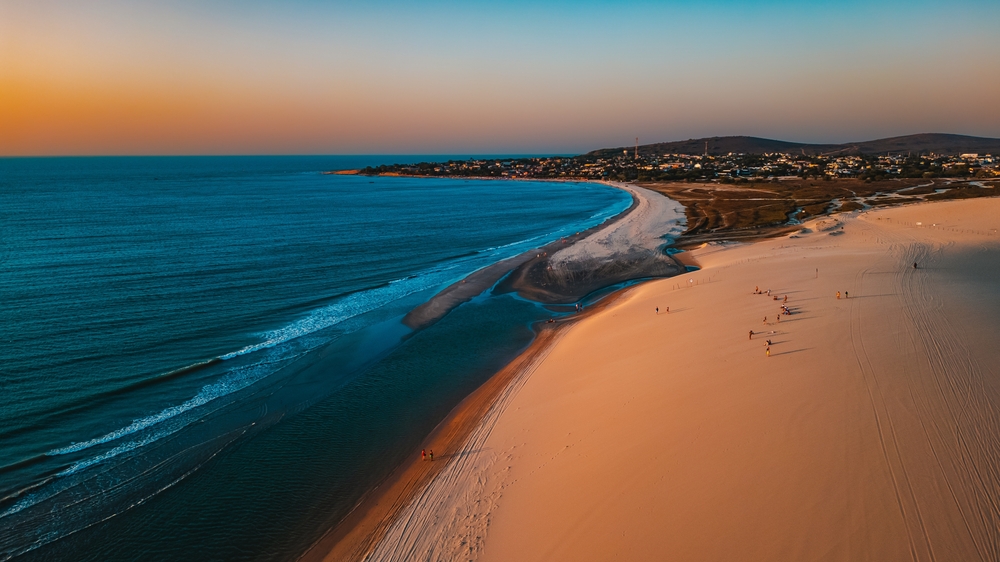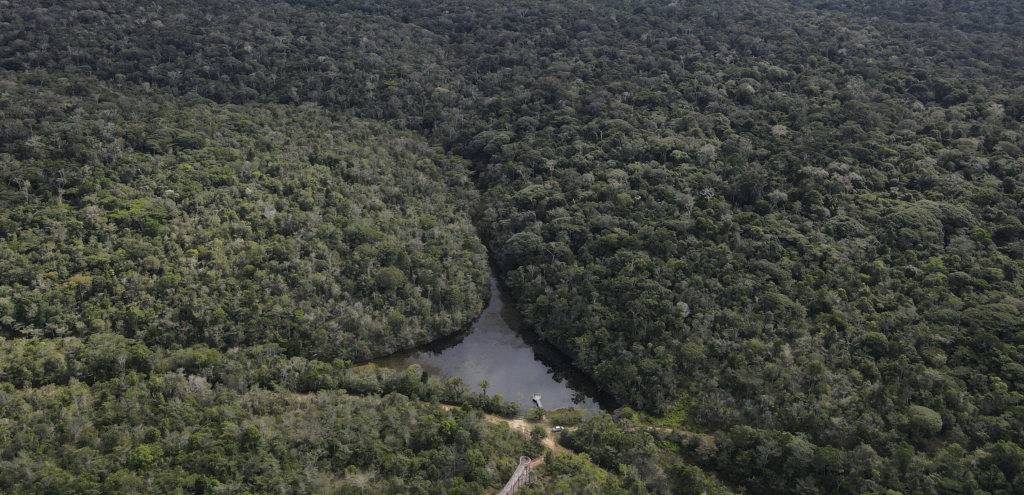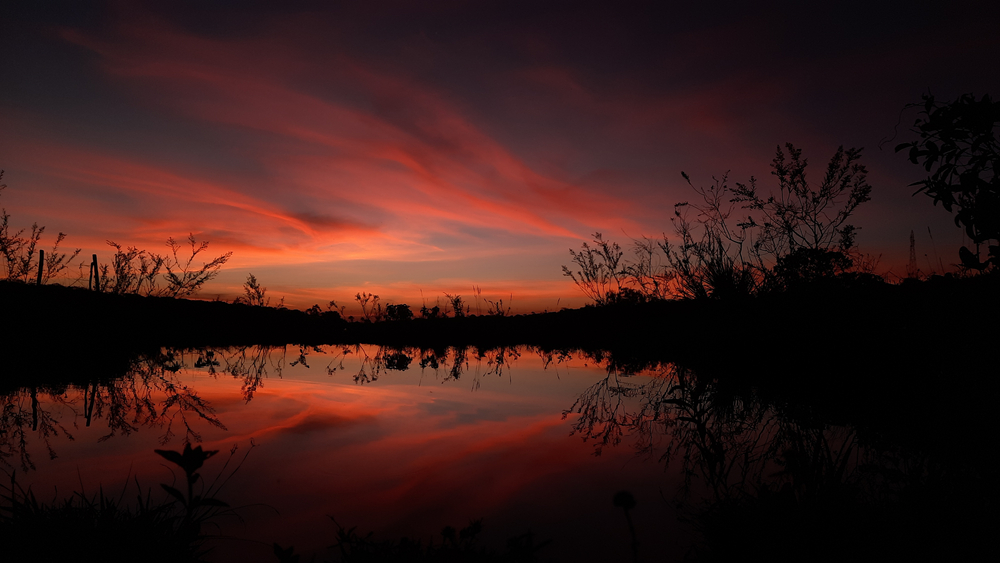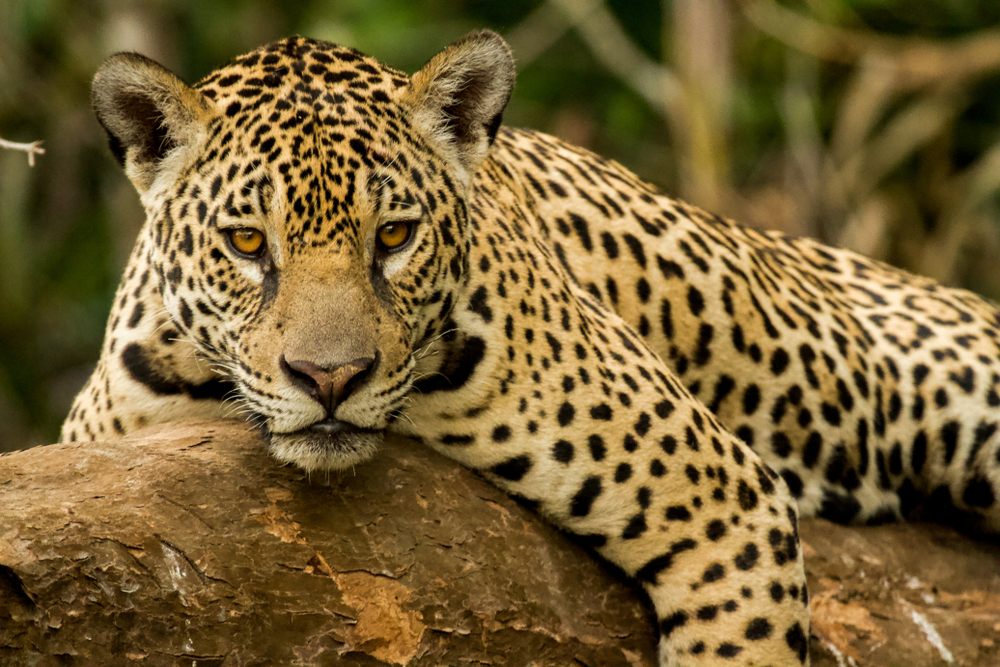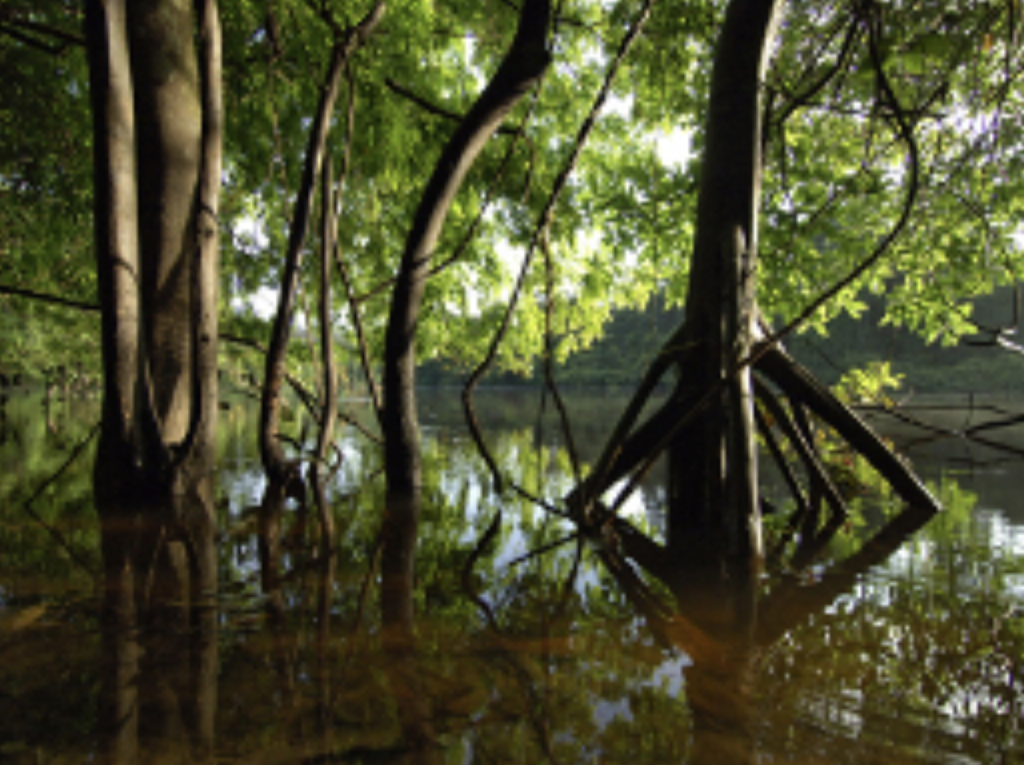Ilha Grande Overview
Ilha Grande National Park, known locally as Parque Nacional de Ilha Grande, is located in the western region of the Brazilian state of Paraná. The park spans approximately 221 square miles, which equals around 573 square kilometers.
It lies near the border between Brazil and Paraguay, encompassing much of the Paraná River and its islands. The park is part of a larger network of protected areas along the Upper Paraná Atlantic Forest, a key ecological region that serves as a refuge for biodiversity in an otherwise fragmented biome.
The terrain of Ilha Grande National Park is largely flat to gently undulating, typical of riverine island landscapes. The park contains dozens of islands, sandbars, and channels formed by the Paraná River, one of South America’s major waterways.
Its floodplains and wetlands support a mosaic of seasonal vegetation, including semi-deciduous forests, marshlands, and riparian forests. While there are no towering peaks or dramatic cliffs, the interplay between land and water creates a striking visual dynamic.
Dense patches of forest cover portions of the islands, providing shade and shelter for both flora and fauna. Aquatic plants are common along the water margins, and tall grasses and reeds thrive in flood-prone zones.
Ilha Grande is a vital haven for wildlife, offering critical habitat for a wide variety of species. Among the most iconic mammals are the marsh deer, capybaras, howler monkeys, and even the elusive jaguar, though the latter is rarely seen. The park is also home to giant otters and neotropical otters, both of which benefit from the clean river habitats.
Birdlife is especially rich, with over 300 bird species recorded. Notable among these are the jabiru stork, black-collared hawk, and the vibrant blue-and-yellow macaw. Waterbirds such as herons, kingfishers, and anhingas are commonly seen along the riverbanks, and the park is an important stopover for migratory species.
Visitors are often drawn to the park’s peaceful scenery, tranquil waters, and abundant birdwatching opportunities. Ilha Grande offers several ways to explore its landscapes, including boat tours that navigate through the river channels and around the islands.
Kayaking, wildlife watching, and nature photography are among the most popular activities. There are designated trails on some islands for guided walks, allowing visitors to observe native flora and spot wildlife in their natural habitat. Due to its river setting, the park is also a draw for sport fishing, though regulations are in place to protect endangered species.
Conservation within Ilha Grande National Park has seen both successes and ongoing challenges. The park plays a crucial role in protecting the remnants of the Upper Paraná Atlantic Forest, a biome under severe threat from agriculture and hydroelectric development.
Its establishment helped counteract habitat loss and provided a buffer zone against expanding farmland. Nonetheless, illegal fishing, pollution, and encroachment remain persistent issues.
Collaborative efforts between park management, local communities, and conservation organizations have led to improvements in enforcement and environmental education. These actions have helped safeguard threatened species and promote sustainable use of natural resources in and around the park.
Park Map
Ilha Grande National Park Highlights
Share your clicks with us
Related National Parks More Brazil
Sources
- Header Image Source: https://www.gov.br/icmbio/pt-br/assuntos/biodiversidade/unidade-de-conservacao/unidades-de-biomas/mata-atlantica/lista-de-ucs/parna-de-ilha-grande/informacoes-sobre-visitacao-2013-parna-ilha-grande













































































